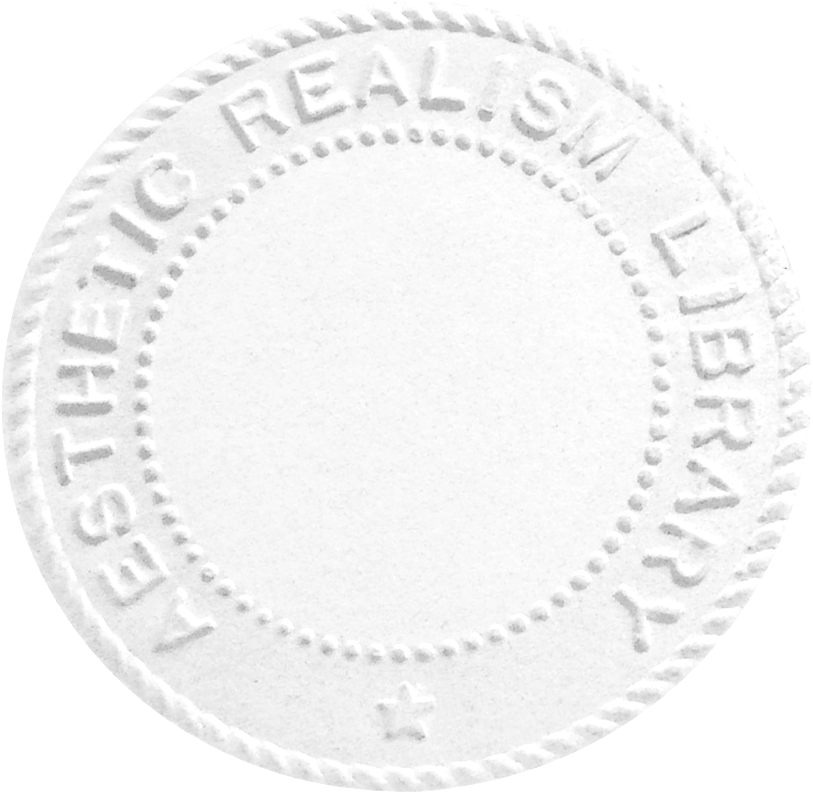Translations by Eli Siegel
Roland and the Archbishop: From the Chanson de Roland
He went then to help Archbishop Turpin.
He unlaced his helmet of gold from his head.
He took his light, white hauberk.
He tore his tunic entirely
And with the bits closed his large wounds.
Last, he held him embraced to his breast.
Then he laid him softly on the green grass.
Roland then asks this of him, gently:
Oh, kind man, grant me this moment, this.
Our companions we held so dear
Are dead; we should not leave them.
I want to look for them and distinguish their bodies;
Carry them and put them before you.
The archbishop answered: Go, and come back.
The field is yours by the grace of God, and mine.
Roland goes away; he goes alone on the field;
He looks in the valleys, he looks on the mountains.
He finds Gérer and his companion Gérin,
And finds Bérenger and Othon.
He finds Anseïs and Sanson;
And also the old Gérard de Roussillon.
One by one, the baron took them.
He has brought them to the archbishop;
And has placed them in a row at his knees.
The archbishop could not help weeping.
He raises his hand, gives his benediction.
Then he says, Ill fortune has come to you, Lords,
That the God of glory has all your souls
And puts them in paradise among saintly flowers.
Death fills me also with anguished feelings;
I shall never again see the splendid emperor.
Roland goes away, he again goes across the field.
He has found his companion Oliver.
Against his breast he presses him tightly.
As he may, he comes back towards the archbishop.
From Hail, American Development (Definition Press)
© 1968 by Eli Siegel



Eli Siegel’s note to the poem:
Roland and the Archibishop: From the Chanson de Roland. 1964. Perhaps early in the second half of the twelfth century in France a poem was written which has great narrative dignity and a succinct musical dignity also great. The lines end in words resembling each other in sound while they have a visual and auditory existence by themselves. The Chanson de Roland has lines which thump delicately as they merge with each other. Every step of the poem, that is, every line was looked on by the writer as something to be breathless about. Other poems accent flow—poems of Yeats and Mallarmé do—but the Chanson de Roland accents the line with its own life and prosodic beat: there is flow, but the beat is what we see first. The part of the Chanson de Roland translated has a scarcity of subordinate clauses: these make for glide or continuity of sound. Each line, nearly, contains a separate action. The separate action is usually followed by another separate action. Music can come this way, for music can be like separate boulders in a field. As we look at the line
the mediaeval French is definite, hard; but so kind in definiteness and hardness, so tearful. And as Roland goes looking for the dead bodies of people he knew, juttingness and compassion are indissoluble. The dying Archbishop Turpin whom Roland has just left so that he can find friendly bodies, speaks in a way that has the softness of thoughts about death along with the grievousness of these thoughts. “Saintly flowers” in paradise are so close to ill fortune. The Chanson de Roland is grand in how it meets one of the possibilities and demands of poetry: the showing of this world as forbidding and gentle, harsh and kind, ever so sharp, ever so comprehensively annulling.